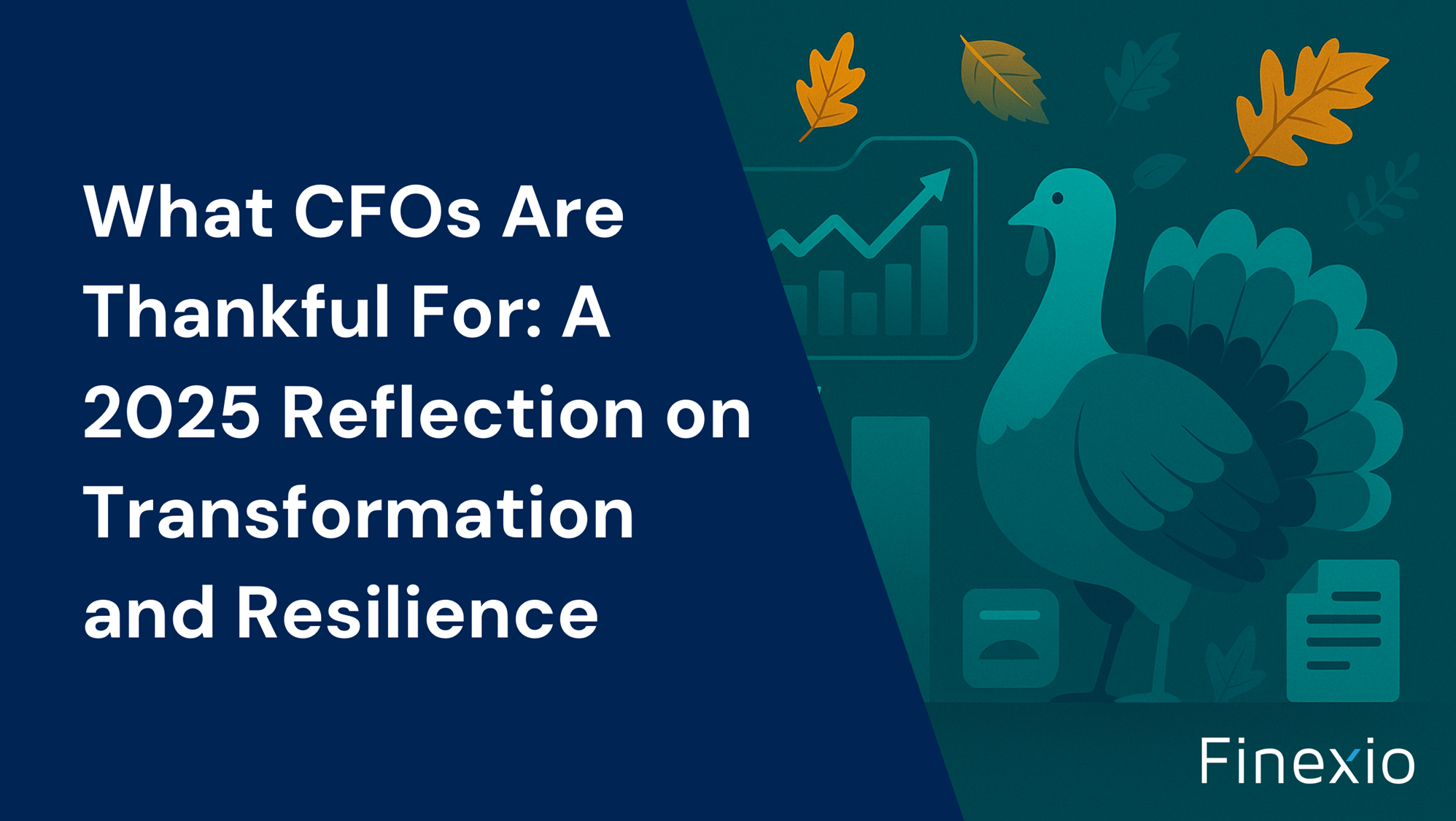Why Most Procure-to-Pay Companies Don’t Offer a Complete Payment Solution


In today's rapidly evolving digital marketplace, businesses are increasingly reliant on procure-to-pay (P2P) solutions to manage their purchasing and payment processes efficiently. However, a closer examination reveals a significant gap in the market: many P2P platforms fall short when it comes to offering a truly comprehensive payment solution, especially post-invoice approval. This oversight not only complicates the payment lifecycle but also undermines the potential for seamless financial transactions in business-to-business (B2B) environments. The necessity for a solution that encompasses the entire payment process, from procurement through to the final payment reconciliation, cannot be overstated. A comprehensive payment solution is not merely a convenience but a cornerstone of modern B2B transactions, ensuring fluidity, security, and efficiency. As businesses strive for more streamlined operations, the demand for an all-encompassing payment solution from their procurement and accounts payable (AP) solutions becomes increasingly critical. This introduction sets the stage for an in-depth exploration of the current landscape of P2P and AP and solutions ability to offer payments solutions, highlighting the challenges and opportunities that lie ahead for companies seeking a more integrated approach to their payment processes.
The Fragmentation of Payment Solutions
In the realm of procure-to-pay systems, a common shortfall is the piecemeal nature of payment solutions. Most platforms in this space offer a fragmented approach, handling specific segments of the payment lifecycle while neglecting others. This fragmentation necessitates the procurement of additional products, integrations, or services, often from banks or multiple third-party solutions, to fill the gaps in supplier management, payment delivery, fraud prevention, payment monetization, and reporting. For example, a business may find a solution for delivering payment but then need to seek out separate tools for supplier management or fraud detection.
The need for integrated services in B2B payments is starkly contrasted against this backdrop. Integrated solutions can streamline the payment process, reduce errors, and improve efficiency. They serve to consolidate the disparate steps of the payment cycle into a cohesive, unified workflow. The ideal procure-to-pay solution seamlessly connects procurement, payment, and accounting systems, minimizing the need for external tools and interventions.
The modern business landscape, with its emphasis on efficiency and security, demands more than what piecemeal solutions can offer. The move towards integrated services in B2B payments is not just a trend but a necessity. These services promise a streamlined approach to supplier onboarding, payment delivery, fraud prevention, monetization, and reporting, ultimately leading to a more secure, efficient, and transparent payment lifecycle. As we navigate through the complexities of the procure-to-pay process, it's clear that the future lies in embedded payments solutions that can provide a comprehensive, integrated experience.
Supplier Management
Supplier management is a critical yet complex component of the procure-to-pay (P2P) process. It encompasses the initial steps of gathering necessary documentation, verifying supplier information, and ensuring compliance with regulatory standards. The intricacies of this process are tedious, often involving manual data entry and coordination across multiple departments. Such complexity can lead to delays, errors, and inefficiencies, impacting the overall effectiveness of the P2P cycle.
Enter the streamlined approach of Finexio, which exemplifies how a complete solution can greatly simplify supplier management. By integrating supplier payment management directly into the payment platform, Finexio ensures that onboarding is not a standalone task but a seamlessly integrated component of the payment process. This approach facilitates easier collection and verification of supplier information, automated compliance checks, and quicker setup for payment processing.
Moreover, when supplier onboarding is managed alongside payment delivery and fraud prevention, it creates a cohesive ecosystem that enhances security and operational efficiency. This integrated approach ensures that every step of the supplier lifecycle, from onboarding through payment, is secure, compliant, and optimized for speed and accuracy. The benefits of such a system are clear: reduced administrative burden, improved supplier relationships, and a stronger defense against fraud.
In essence, the complexities of supplier onboarding can be significantly mitigated with a comprehensive embedded payments solution like Finexio's AP Payments as a Service. By centralizing and streamlining supplier management, businesses can enjoy a smoother, more efficient path from onboarding to payment, all while enhancing security and compliance.
Payment Delivery
The evolution of payment delivery methods from traditional to modern technologies underscores a pivotal shift in the procure-to-pay landscape. Traditionally, businesses relied heavily on paper checks for transactions, a method fraught with delays, higher processing costs, and increased risk of fraud. Additionally, the disparate payment methods offered by banks—each requiring separate management systems—further complicated the payment process. This fragmentation not only reduced efficiency but also increased the likelihood of errors, making it challenging for businesses to maintain a streamlined payment operation.
Contrastingly, the advent of modern, electronic payment solutions has revolutionized the P2P process. Finexio’s embedded payment solution offers a single, unified platform capable of handling all payment types, including virtual cards, ACH, wire transfers, echecks, and even traditional paper checks. This consolidation into a single platform eliminates the need to navigate multiple banking systems, significantly enhancing operational efficiency. Moreover, the use of electronic payment methods reduces processing times and costs, minimizes the risk of fraud, and provides greater visibility and control over the payment process.
By embracing these modern electronic alternatives, businesses can achieve a level of efficiency and security in payment delivery that was previously unattainable with traditional methods. Finexio's offering represents a prime example of how integrating all payment types into one platform not only simplifies the payment process but also aligns with the evolving needs of modern businesses, offering a comprehensive solution to the challenges posed by traditional payment delivery methods.
Fraud Prevention
With 51% of organizations worldwide experiencing fraud in the past two years, and 9% reporting losses exceeding $50 million, the significance of incorporating robust fraud prevention mechanisms within payment platforms cannot be overstated. In the digital age, the risk of fraudulent transactions is a pressing concern for businesses across all sectors. Effective fraud prevention tools safeguard the financial integrity of both procure-to-pay partners and their customers, ensuring secure transactions and fostering trust in the payment process.
Finexio's approach to fraud prevention exemplifies the power of integrated payment solutions. By embedding advanced security features powered by artificial intelligence directly into the platform for all customers, Finexio eliminates the need for additional third-party fraud prevention tools. This integration provides a seamless, secure payment experience, reducing the potential for fraud at multiple points in the procure-to-pay cycle. Such features include rigorous supplier validation with account validation, Know Your Customer (KYC), Office of Foreign Assets Control (OFAC) programs, Anti-Money Laundering (AML) screening, and real-time transaction monitoring, all designed to protect against unauthorized payments, duplicate payments, and other fraudulent activities.
By streamlining fraud prevention measures within the payment solution itself, Finexio offers a more efficient and effective approach to safeguarding transactions. This not only simplifies the payment process for procure-to-pay partners but also significantly enhances security for their customers, ensuring that every transaction is subject to the highest standards of scrutiny and protection.
Optimizing and Monetizing Payments
The ability to optimize and monetize AP payments is a crucial yet often overlooked benefit of a complete embedded payments solution. While numerous payment solutions offer the potential to generate revenue from AP spend through programs like virtual card offerings, the reality is that many of these programs narrowly focus on a small segment of addressable AP spend, targeting only known card acceptors. This approach, particularly prevalent among banks, fails to harness the full potential of AP spend for revenue generation.
The importance of optimizing spend towards safe, secure, and monetizable payment methods cannot be understated. A comprehensive payment solution should aim to maximize the portion of AP spend that can be converted into revenue-generating avenues, thereby enhancing financial efficiency and contributing to the bottom line. Such optimization not only improves cash flow but also reinforces the security and efficiency of transactions.
Finexio sets itself apart in this arena by leveraging advanced artificial intelligence (AI) technology to significantly boost virtual card adoption rates, achieving levels 2-3 times higher than those of traditional bank virtual card programs. This innovative use of AI allows Finexio to identify and convert a broader range of AP spend into virtual card payments, optimizing payment methods for enhanced security, cost savings, and revenue generation. By doing so, Finexio exemplifies how a payment solution can transcend conventional limitations, delivering a truly optimized and monetizable payment experience for businesses.
Reporting and Reconciliation
The challenges of payment reporting and reconciliation in fragmented systems are substantial, often leading to inefficiencies and inaccuracies in financial management. In such systems, data is dispersed across multiple platforms, making it difficult to aggregate and analyze. This fragmentation can result in delayed financial reporting, reconciliation errors, and challenges in maintaining a clear audit trail for payments. The complexity of managing multiple payment methods and systems further exacerbates these challenges, hindering effective cash flow planning and budgeting.
Conversely, a unified payment solution offers a comprehensive approach to overcoming these obstacles. With clear, concise reporting tools and integrated reconciliation capabilities, such a system significantly simplifies financial management. By consolidating payment data into a single platform, it facilitates real-time access to financial information, enabling timely and accurate reporting. This integration is crucial for effective cash flow planning, providing businesses with the insights needed to make informed financial decisions.
Moreover, a unified system ensures a clear audit trail for all payments, enhancing transparency and compliance. This not only simplifies the reconciliation process but also supports rigorous financial analysis and reporting requirements. As a result, businesses can achieve greater control over their financial operations, optimizing cash flow and ensuring financial stability.
In summary, the transition to a unified payment platform represents a strategic investment in the financial health of a business, offering clear advantages over fragmented systems in terms of reporting, reconciliation, and overall financial management.
The Benefits of a Complete Payments Solution
The integration of supplier management, payment delivery, fraud prevention, and reporting into a single platform presents a myriad of advantages for businesses seeking streamlined and secure payment operations. This holistic approach not only simplifies the management of transactions but also enhances operational efficiency, reduces the risk of fraud, and improves financial transparency.
Finexio's solution exemplifies the effectiveness of a comprehensive payment platform, designed to address the multifaceted needs of procure-to-pay platforms end customers. By offering a unified system, Finexio simplifies the complexity of managing various payment processes, from the onboarding of suppliers to delivery of secure, monetizable, payments and transparent reporting. This integration ensures that each step in the payment lifecycle is seamlessly connected, providing businesses with a clear and concise overview of their AP payments.
Moreover, the consolidation of these essential services under one roof significantly strengthens the security measures available to combat fraud, while also streamlining reporting and reconciliation processes. This not only saves time and resources but also grants businesses peace of mind, knowing their financial operations are safeguarded by robust security protocols.
In conclusion, procure-to-pay companies are encouraged to consider Finexio's comprehensive embedded payments solution to enhance their payment offering to end customers. This complete solution provides an unparalleled opportunity to offer a true end-to-end procure-to-pay offering, ensuring a more efficient, secure, and transparent financial ecosystem for their end customers. Reach out for a no-commitment consultation and discover how you can embrace the future of B2B payments by integrating Finexio's advanced payment solutions into your procure-to-pay solution now.
Get the free Newsletter
Get the latest information on all things related to B2B and electronic payments delivered straight to your inbox.




